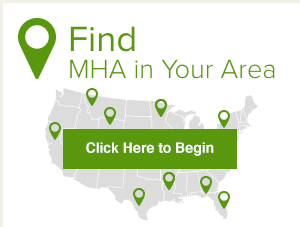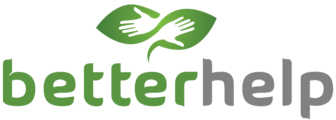You are here
Improving Workplace Mental Health through EAP Usage
June 26, 2018
By Madeline Halpern, MHA Policy and Programs Analyst

Employee Assistance Programs (EAPs) offer support to employees struggling with personal and work-related problems.
The support typically takes the form of counseling, referrals, or follow up services. Primarily, EAPs focus on mental health, financial planning, legal aid, or childcare related problems experienced by employees. According to the International Employee Assistance Professional Association, 75% of companies with 251 to 1,000 employees have an EAP which climbs to over 95% of companies over 5,000 employees. These programs are cost effective with each dollar spent on services resulting in a $3 to $10 return on investment.[1]
The access to free therapy for behavioral and mental health conditions can help offset concerns about cost for acute situations. By encouraging employees to take advantage of these benefits, employers can contribute to a culture of prevention. Dealing with a mental health problem before it becomes more severe can cut down on suffering as well as save money in treatment costs and sick days used.
While most employees at some point in their career would likely benefit from these services, very few actually use the services available to them. According to a 2015 usage data, 7% of North American employees use a service provided by their company’s EAP in the past year.[2] This is a marked increase from 2013, when the rate was 3.5% in a survey of 82 EAP companies.[3]
Concerns about anonymity are one of the driving factors preventing higher usage. Employees do not believe that companies are unware of not only who uses the services but what is disclosed during the usage of said services. Tackling this may prove most challenging of the factors for employers to address. Further, due to costs, EAPs increasingly offer their services entirely digitally. However, many people are uncomfortable with putting such personal information on a digital platform.
Here are some useful tips for employers seeking to increase EAP usage:
- Communicate how an EAP can help. Often employees are unaware of the services and resources that are available to them in the workplace. Employers should ensure that their employees are aware of how EAP services can help them respond to work or personal life issues-- before they occur. Issues that go unattended can lead to losses in productivity, due to a decline in employee well-being. This information sharing should take place during the onboarding process and at internal events or workplace fairs.
- Highlight the non-disclosure aspect of the contract with the EAP provider. Confidentiality is one of the most important components of EAPs. Employees are more likely to make use of services when they know that their privacy is protected under federal and state regulations. It is up to employers to communicate to employees that they can seek help in a confidential and secure manner. One way in which this can be done is by encouraging employees to make use of any online EAP services, allowing an extra layer of comfort and privacy.
- Make use of your mid-level management. Organizations should offer mid-level managers training on available EAP services, and general workplace resources. Mid-level managers interact with their team daily and are in a better position to identify any personal or professional issues affecting team members. With a comprehensive knowledge of organizational services, mid-level managers are better equipped to offer their employees direction and support.
Work-related stress can lead to serious mental health problems, like depression and anxiety disorders. Encouraging employees to check up on their mental health with a mental health screen can help determine if what someone is experiencing might be the first signs of a mental health problem.
Not sure about how to implement an EAP in your workplace? Check out MHA’s 2018 Corporate Excellence in Mental Health Award Winner, Chevron, who has shown a strong commitment to prioritizing employee mental and physical health in the workplace through their progressive EAP program.
[1] http://www.easna.org/wp-content/uploads/2010/08/EASNA-Research-Notes-No-3-ROI-NOV12010.pdf.
[2] http://chestnutglobalpartners.org/Portals/cgp/Publications/Chestnut-Global-Partners-EAP-Trends-Repor...
[3] https://www.shrm.org/ResourcesAndTools/hr-topics/benefits/Documents/2012-NBC_SLIDE_DECK_APR17-2013%2...







Add new comment